Jim Thorpe Monument
An Olympic hero stripped of his medals is buried in a town he never visited, which took his name after his death.
No other athlete has come close to Jim Thorpe in all-around versatility. Born in 1887 in Prague, Oklahoma, Thorpe grew up in the Sac and Fox Nation and suffered the loss of his twin brother and both his parents early in life. His incredible skill with every sport he tried propelled him beyond his humble origins and the racial prejudice he faced as a Native American to a legendary status as one of the 20th century’s most notable athletes.
As a student at the Carlisle Indian Industrial School, he was an All-American in football, playing halfback, defender, punter, and place-kicker. He mastered nearly every sport offered at Carlisle, including basketball, lacrosse, tennis, handball, bowling, golf, swimming, hockey, boxing, and gymnastics. He even won a ballroom dancing contest. However, it was in track and field where he really excelled.
At the 1912 Stockholm Olympics, Thorpe won both the pentathlon and the decathlon, and finished tied in fourth for the high jump and seventh in the long jump. King Gustav V of Sweden congratulated Thorpe by saying “Sir, you are the greatest athlete in the world.” To which Thorpe replied: “Thanks, King.”
In 1913, he was controversially stripped of his gold medals when it was found that he had violated the amateur rules of the Olympics by playing minor league baseball in 1909 and 1910. His medals would not be returned until 1982, 30 years after his death.
Still his sports legacy continued and he played both major league baseball and professional football at the same time. He became the president of the American Professional Football League, which would become the National Football League, and he is now included in the pro football, college football, US Olympic, and national track and field halls of fame.
By 1928, he was a shadow of the young Olympic hero. Never able to move on to another career and destroyed by alcoholism, he stumbled from one meager job to the next, working as a ditch digger, deck hand, auto-plant guard, bar bouncer, and an Indian in B-List movies. At 64, he died of a heart attack in his trailer in California.
Impoverished at his death, his third wife struck an agreement with two Pennsylvania towns desperate for tourism to create a memorial and bury his remains. Mauch Chunk and East Mauch Chunk merged under the new town name of “Jim Thorpe,” and the athlete’s body now rests under a monument in a landscape he never saw, in a town he never visited.
In June 2010, Jim Thorpe’s son sued the town of Jim Thorpe to move his father’s remains to Oklahoma under a 1990 law called the Native American Graves Protection and Repatriation Act (NAGPRA), which was designed to amend the historic plundering of American Indian burial grounds. A federal district court agreed, ruling that the town of Jim Thorpe amounted to a museum. In October 2014, the 3rd U.S. Circuit Court of Appeals reversed the decision, determining that the lower court misapplied NAGPRA. In 2015, the U.S. Supreme Court refused to hear the case, effectively bringing the matter to a close. Jim Thorpe’s body remains interred in Jim Thorpe, Pennsylvania.












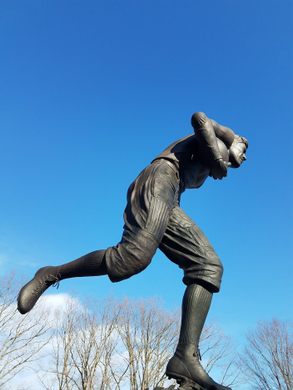

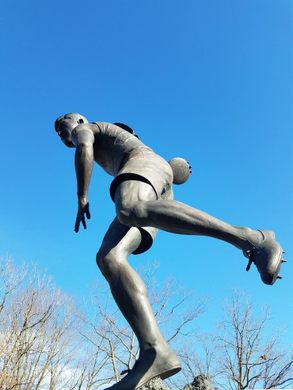
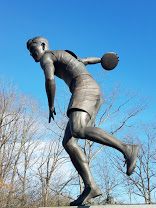
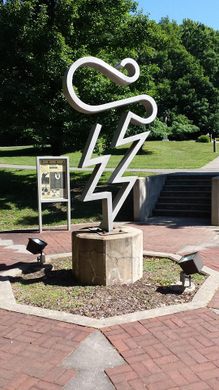
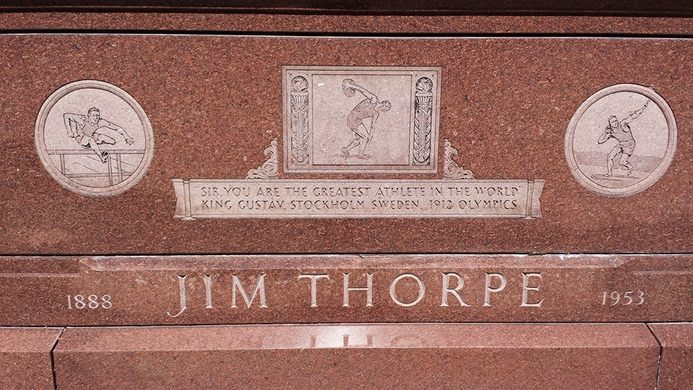


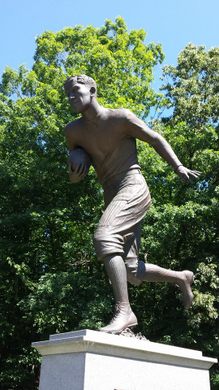

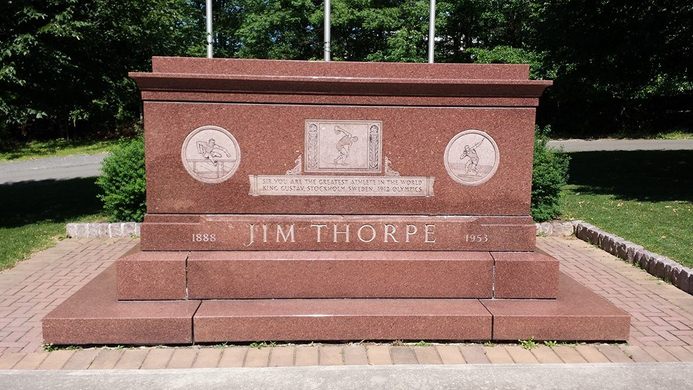

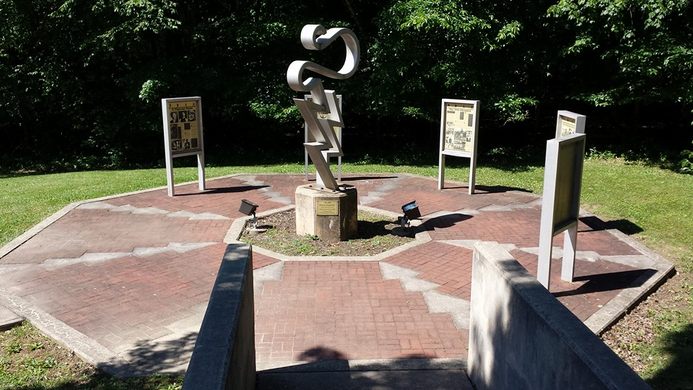
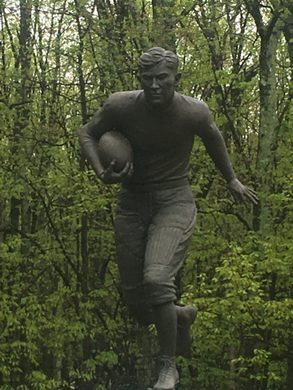
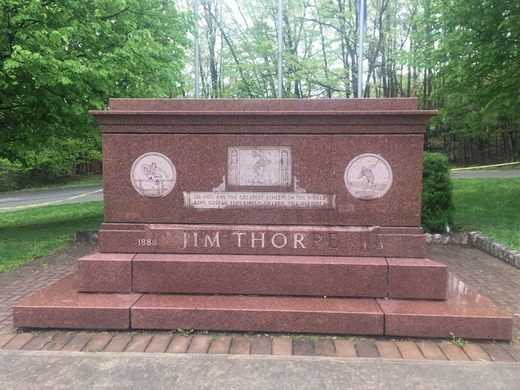

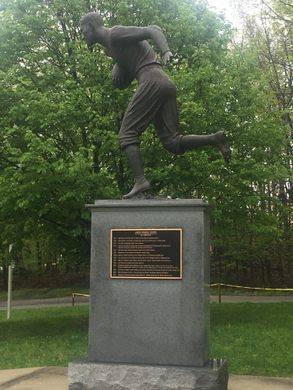

























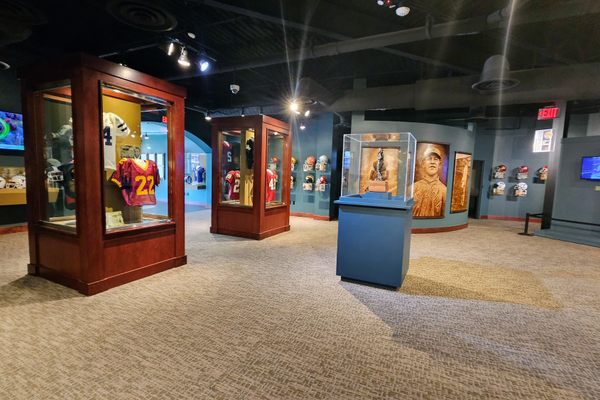

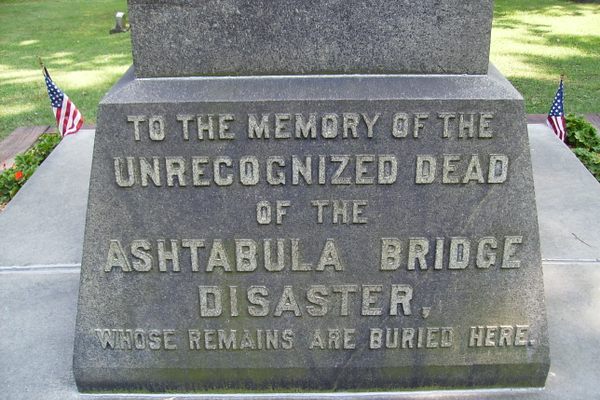

Follow us on Twitter to get the latest on the world's hidden wonders.
Like us on Facebook to get the latest on the world's hidden wonders.
Follow us on Twitter Like us on Facebook